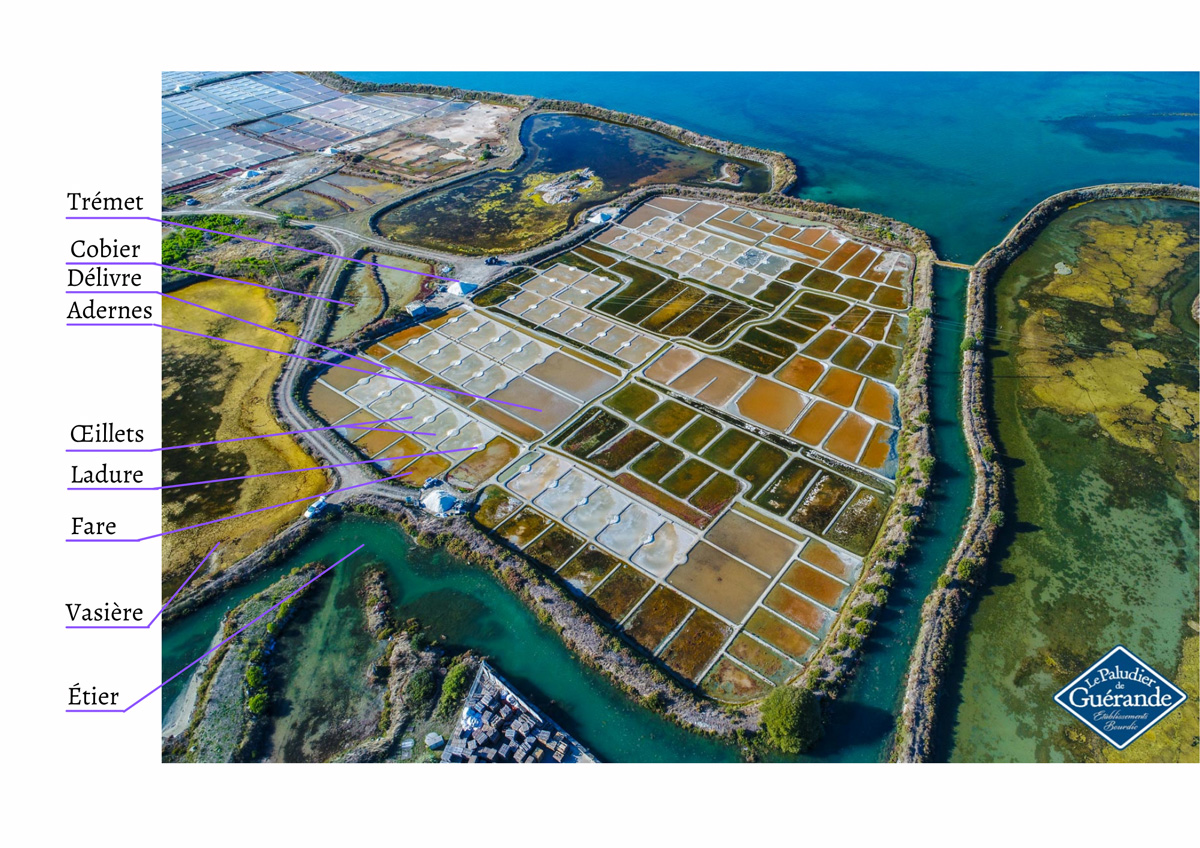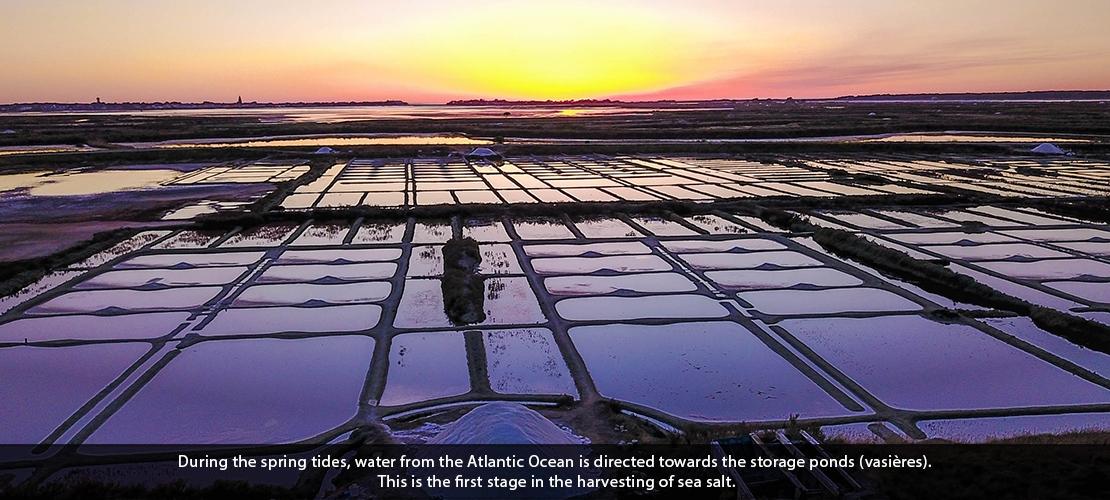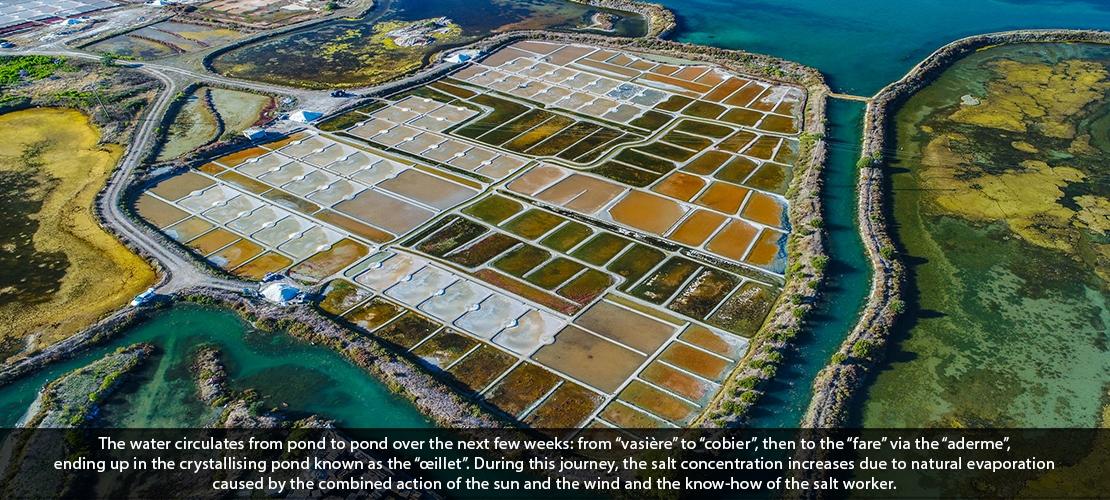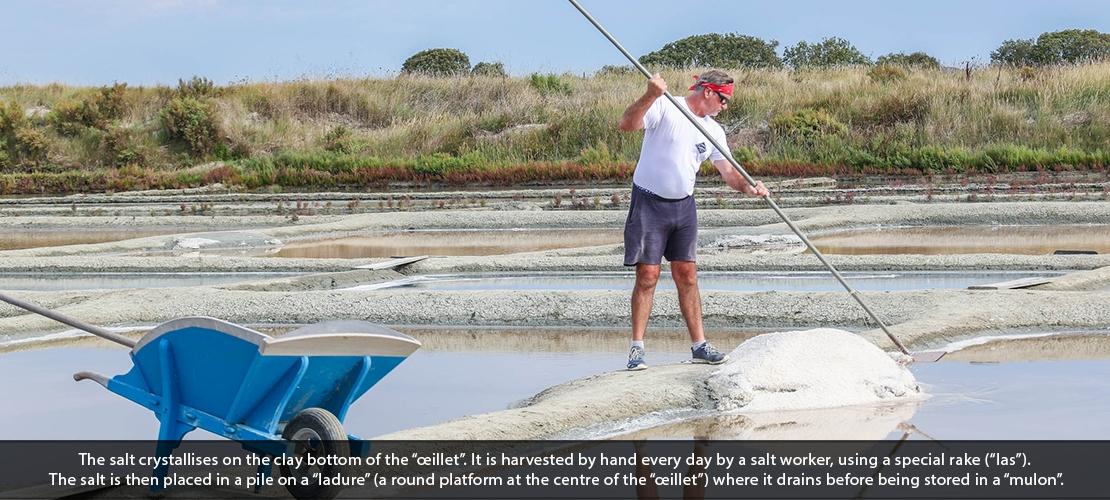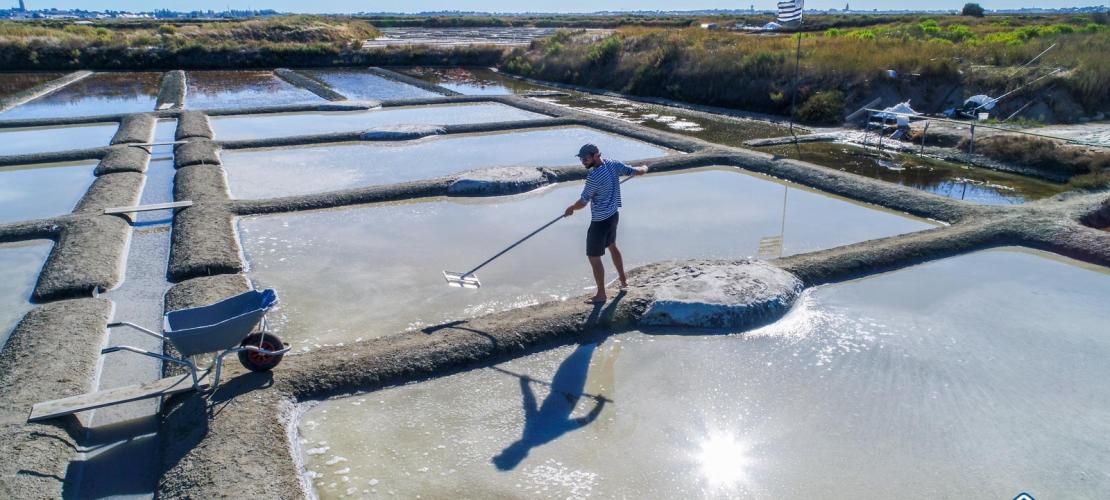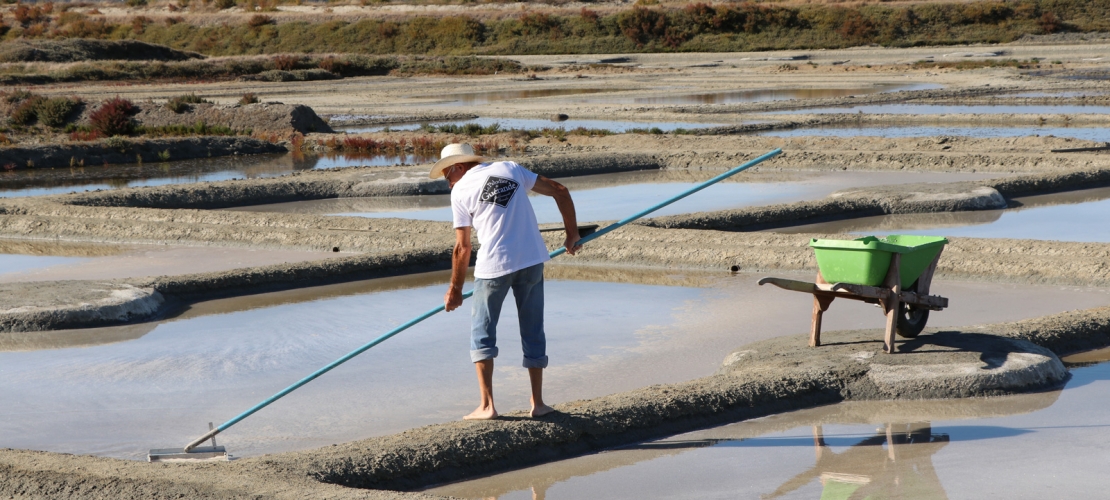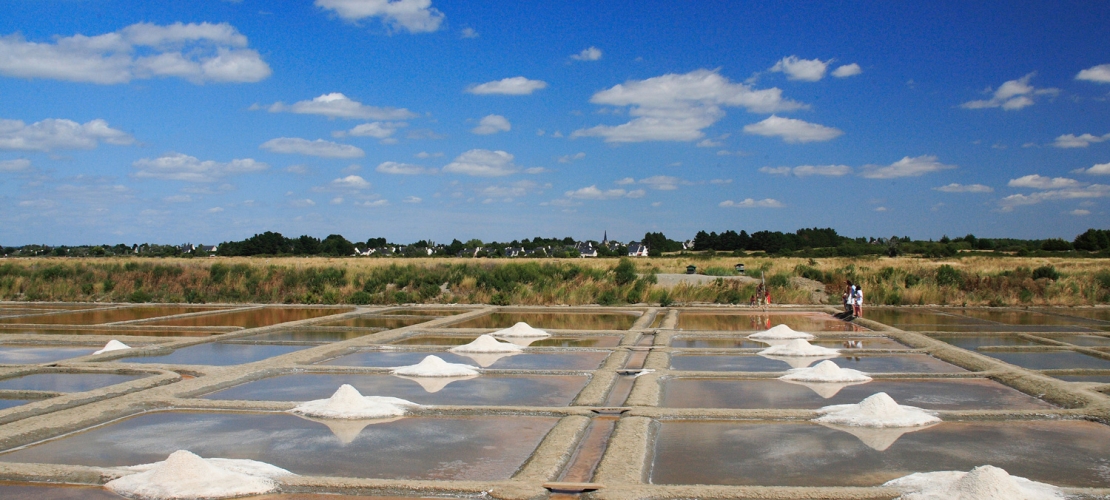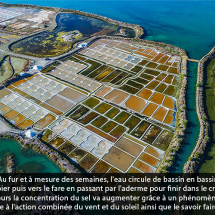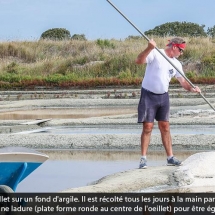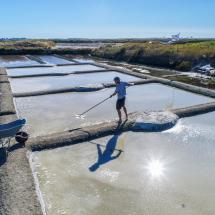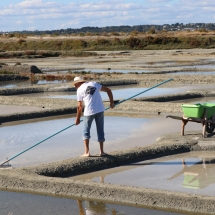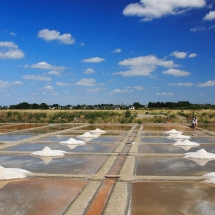Our know-how
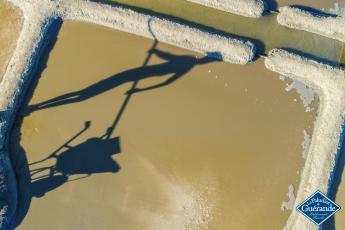

On the Guérande salt marshes, sea salt is still harvested by hand, in accordance with ancestral tradition, often handed down from generation to generation.
The Guérande saltworks

The Guérande salt marshes are protected sites located in the communes of Guérande, Batz-sur-Mer, Le Croisic, La Turballe, Mesquer, St-Molf and le Pouliguen, in the Pays de la Loire region. The Guérande saltworks have an average salt production capacity of 20,000 T/year and 600 T/year of fleur de sel. The salt harvest varies from year to year, depending on weather conditions. In some years, production can be virtually nil, and in all cases, it does not cover all the demands of the French and international markets.

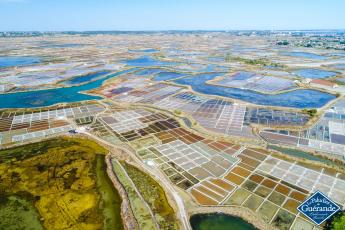

The policy of the Group and Bourdic Establishment is to restore as many salt marshes as possible, and the company is the largest landowner on the Guérande peninsula, with 10% of the 2,200 hectares of salt marshes.
Why is the salt slightly gray?

There are different types of salt, produced differently depending on the harvest methods, the nature of the soil and the climatic conditions in which they are found.
There are 2 categories of harvested sea salt: white salt and grey salt:
- Grey salt: The know-how of Guérande's salt workers and harvesting on clay bottoms produce a naturally grey salt, rich in minerals such as potassium and magnesium.
- White salt: The know-how of salt workers and harvesting on sandy bottoms produce a naturally white salt (in the Camargue, for example).

The main harvesting tools
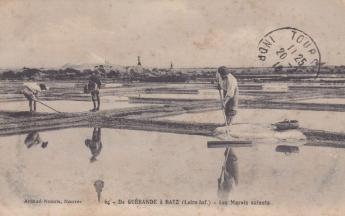
Guérande's salt workers carry out their work by hand, perpetuating traditional harvesting techniques. The tools used in the salt marshes have changed little over the centuries.

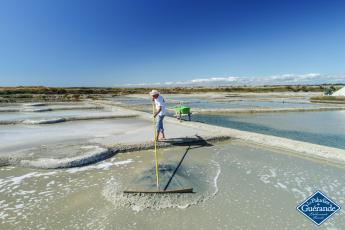

The salt worker uses tools that vary according to the type of salt harvested.
To harvest coarse salt, the salt worker uses a las. This instrument is a 5-meter long handle with a wooden mesh at the end, used to harvest the salt from the clay bottom of the “œillet”. This is why the salt has a slightly gray color.
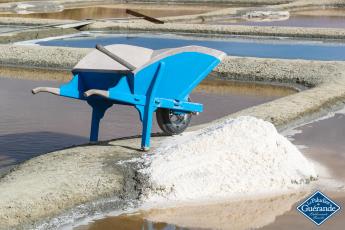
Once the coarse salt has been harvested, it is placed on the ladure and transported by hand with a wheelbarrow to the “trémet” (a place on the slope of the saltworks to store the salt after harvesting).

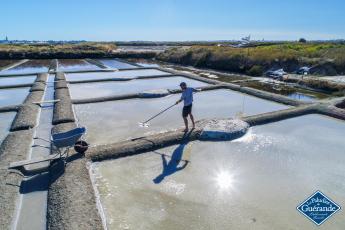

As for the fleur de sel, it's picked delicately from the surface of the water by the salt worker using a lousse, a flat strainer attached to the end of a handle. It's because it's picked just above the surface of the water that fleur de sel de Guérande has its white color.
Other tools exist for maintaining the salt works and harvesting Guérande salt.
